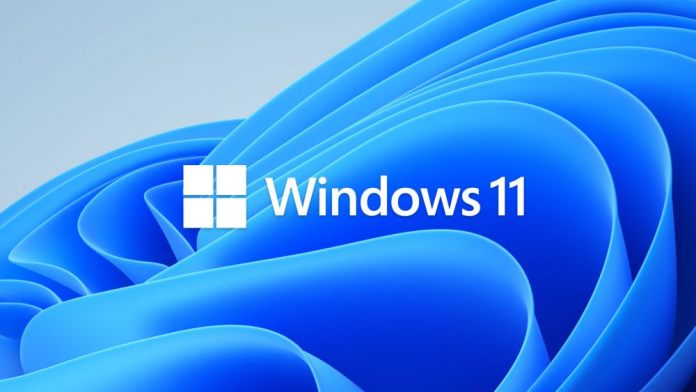Microsoft is now explaining exactly why Windows 11 can deliver improvements in usability. Of course, a performance gain for a new software generation makes sense. However, due to the rolling nature of Windows 10 updates, there is a new version (Windows 10 version 21H2) rolling out alongside Windows 11. So, why is the newer platform more powerful than the last? Well, Microsoft says the significant performance gains on the same hardware comes from several factors. They were all detailed by Microsoft VP Steve Dispensa, who is part of the Windows Management team.
Changes
In a Microsoft Mechanics video, Dispensa points to the following differences in Windows 11 over Windows 10:
The platform manages CPU and memory resources better, allowing foreground tasks to be a priority. In browsers, the prioritization of foreground tabs means inactive tabs are put to sleep, saving CPU (37%) and memory (32%). Windows 11 reduces starvation on key processing threads, which means the platform reserves more power for threads that require it. Overall, the new Windows is 40% smaller and can update faster. Microsoft says only necessary files are downloaded from its servers.
In preview, these changes have made a noticeable difference over Windows 10. Whether everyday users will pick up on the performance gains is unclear. However, there is no doubt Windows 11 promises to be snappier and faster platform than Windows 10 Tip of the day: With many reachable wireless access points popping up and disappearing again, the available networks list can become quite annoying. If needed you can use the allowed and blocked filter list of Windows 10 to block certain WiFi networks or all unknown WiFi networks.




